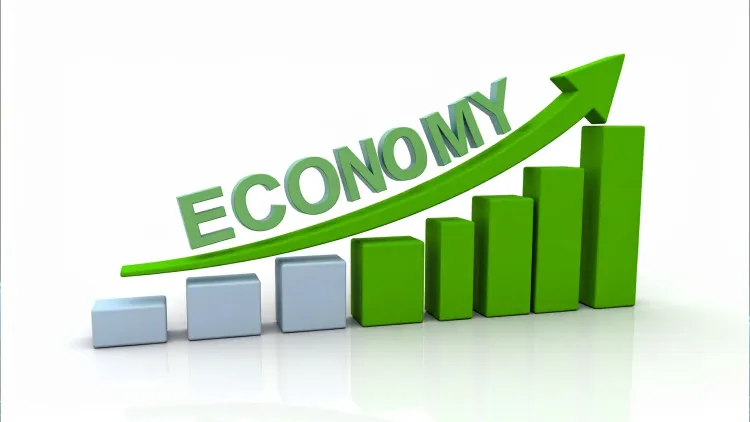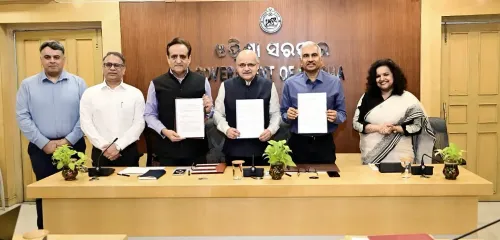Will Favourable Agricultural Output and Easing Inflation Support Rural Consumption in FY26?

Synopsis
Key Takeaways
- Reduced tax burdens are anticipated to aid rural incomes.
- Lower interest rates may encourage spending.
- Rural consumption is projected to grow due to favorable agricultural output.
- Easing inflation is expected to support both urban and rural consumption.
- Monitoring household debt levels is critical in the current economic landscape.
New Delhi, July 12 (NationPress) Recent reductions in income tax burdens, benign inflation, lower interest rates, and a favourable outlook for agricultural production are anticipated to uplift rural incomes and enhance overall consumption in India, as per a recent report.
Given that private final consumption expenditure represents nearly 60 percent of India’s GDP, it significantly influences the nation’s overall growth trajectory.
A sustained rebound in consumption is crucial for a meaningful increase in private sector capital expenditure.
“We forecast a 6.2 percent growth in private consumption for FY26, compared to an average of 6.7 percent over the past three years. Monitoring factors affecting household income will be vital for ensuring healthy growth in private consumption in the long term,” the report from CareEdge Ratings elaborated.
While overall consumption growth has remained fairly robust in recent years, recent signs indicate emerging pressures within urban demand, even as rural demand maintains its resilience.
The report indicates that rural consumption is likely to benefit from favourable agricultural output and easing inflation in FY26.
Recent policy measures, including RBI rate cuts, reduced tax burdens, and diminishing inflationary pressures, are expected to provide relief and bolster urban consumption in the short term.
Additionally, rural consumption could receive a further boost from the anticipated good monsoon this year, as highlighted in the report.
Despite weak income growth, household leverage has increased. As of FY24, household debt accounts for 41 percent of GDP and 55 percent of net household disposable income. However, Indian households are less leveraged compared to certain emerging markets such as Thailand (87 percent of GDP), Malaysia (67 percent), and China (62 percent).
The report emphasizes the importance of closely observing the unsecured segment of household liabilities, which has risen in the post-pandemic period. This is especially pertinent given the context of declining income growth and increasing delinquencies in this segment.









